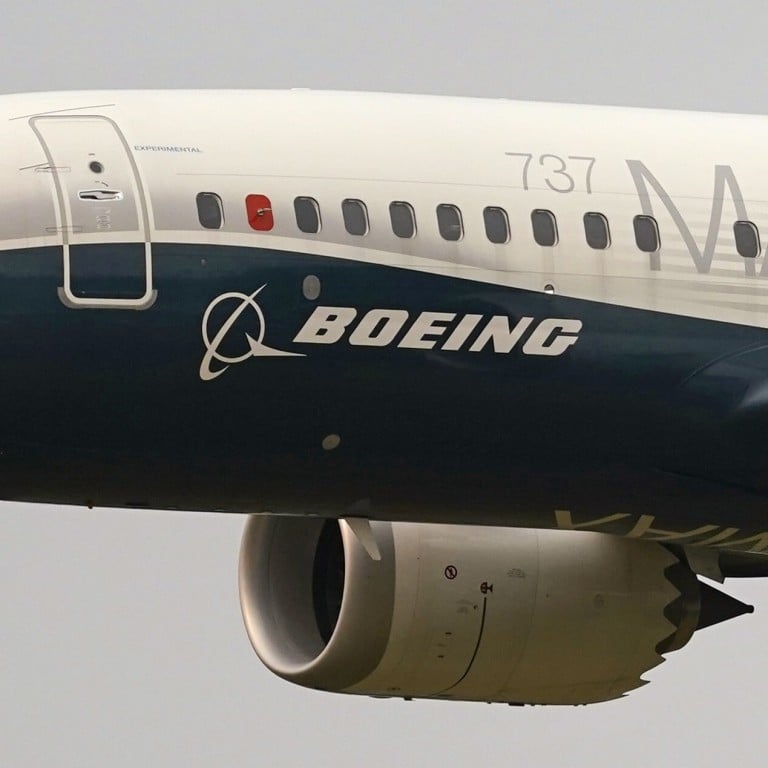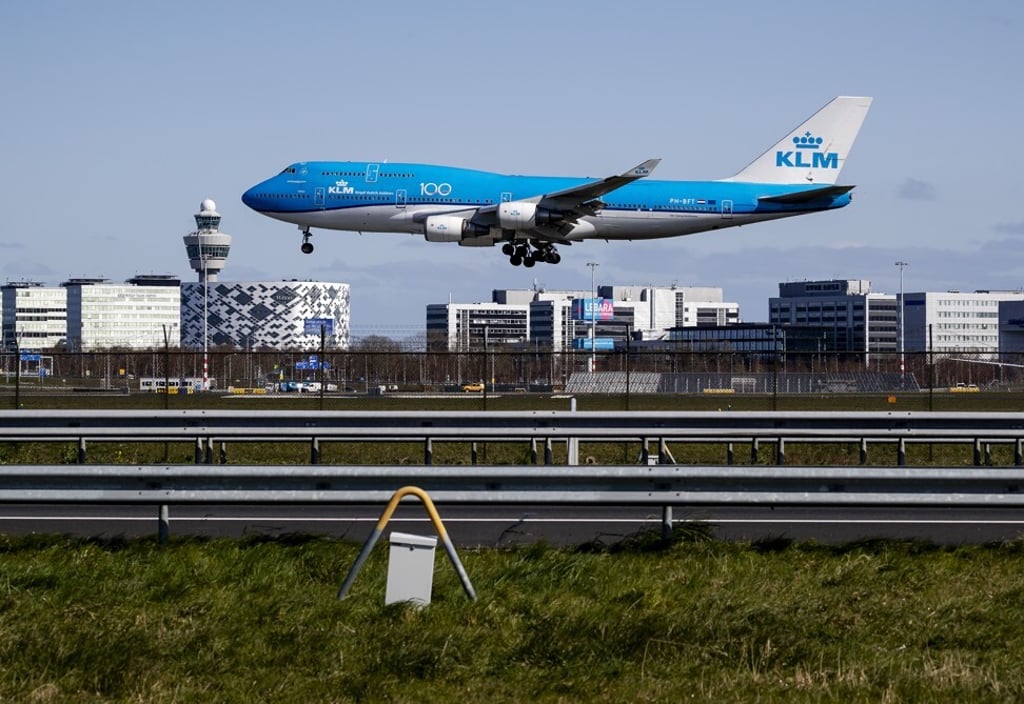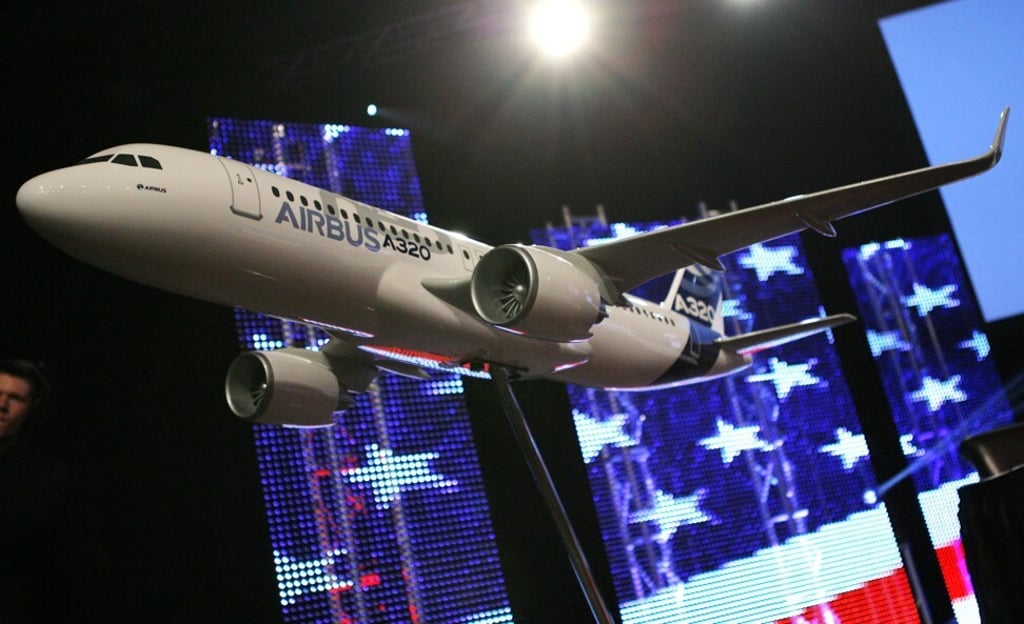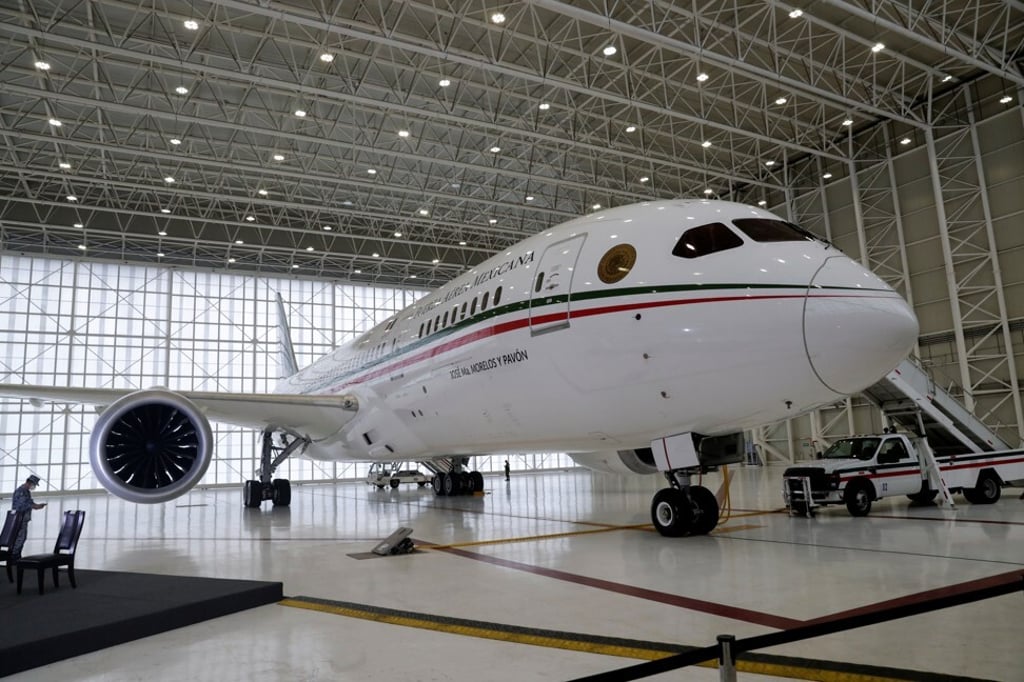Opinion / The Boeing 737 MAX is allowed to fly again, but can the aviation brand ever regain its once-untouchable luxury image – and its customers’ trust?

The two deadly 737 MAX crashes – and the way the crisis was handled by the company’s management – has left the US aviation giant’s reputation in tatters: a new brand story and a commitment to AI might help rebuild consumer trust
This article is part of STYLE’s Inside Luxury column.
Boeing was once one of the most admired brands in the world. If there is such a thing as a luxury brand for commercial aircraft, Boeing was it. Loved by pilots and passengers alike, their bread and butter 737 aircraft became the bestselling commercial plane in the world.

With the possible exception of Concorde, the company’s iconic 747 was seen by many as the most beautifully designed aircraft of all time. Dubbed “Queen of the Skies”, the 747 was the favourite long-haul plane of most airlines and was admired as the most luxurious, too. It was in the 1970s that some airlines began fitting the 747 with high-end bars – its comfort was legendary.
Boeing’s reputation for building such advanced aircraft was built over decades, and only enhanced by its military division and special projects such as Air Force One. The image of Boeing as top manufacturer seemed undisputed.
Then, over the last decade, Boeing systematically managed to destroy its own brand image and reputation through mismanagement, negligence and arrogance.

Boeing’s problems began even earlier than that, however, when its competitor, Airbus, introduced its A320 model – the first commercial aircraft to feature advanced fly-by-wire architecture. While Airbus focused heavily on computerised flying and made a series of breakthroughs in that field, Boeing opted for a more traditional approach, relying on pilots more than computers.
Through its technological advantages, Airbus significantly cut into Boeing’s market share, especially of the 737. Then in 2007, Airbus’ A380 was launched and replaced the 747 almost instantly. Boeing designed a new variant of the model with a larger upper deck – the 747-8 – in a bid to revive the brand, but it was a commercial flop and only bought by a few airlines. As a result, by the 2000s, Boeing found itself being challenged in both the short- and long-haul flying segments.
